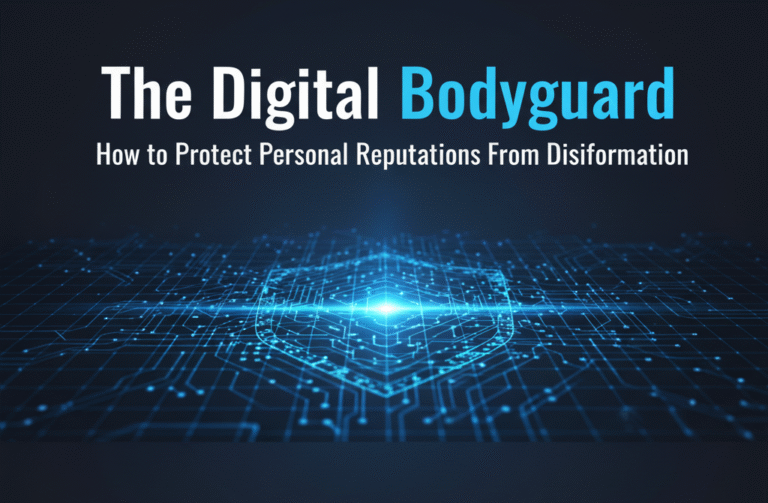As the run for the US presidential elections enters its final week, Cyabra is closely monitoring all major social media platforms to uncover disinformation, bot networks, fake campaigns, conspiracy theories, and other social engineering attacks.
Here’s a run-down of disinformation and conspiracy theories uncovered by Cyabra in the final week leading up to the elections:
- In the wake of hurricanes Milton and Helene, disinformation regarding FEMA (the Federal Emergency Management Agency) spread online, and was used to criticize Biden’s and Harris’s government.
- Cyabra detected that 1 out of 4 profiles criticizing FEMA were fake.
- Fake GenAI images were spread widely by fake profiles, including a trending photo depicting devastating floods at Disney World that never happened.
- Cyabra also found that 26% of profiles commenting on Trump’s posts criticizing Harris were fake, with many expressing negative sentiments towards Harris.
- Further analysis identified a large involvement of Russian disinformation agencies in the spread of disinformation, amplifying confusion and fear around the crisis.
- Misinformation: false claims about FEMA diverting funds to aid migrants reached 600 million potential views and generated 400,000 engagements, amplifying the misleading content.
- Other narratives amplified were conspiracy theories about weather manipulation caused by the government, false claims about victims receiving only $750 in aid, and allegations that officials were preventing volunteers from entering disaster zones.
Read Cyabra’s full analysis on AP News
AI-generated fake images of flooded Disney World. Source: Institute for Strategic Dialogue
What Else Stirs the Election Disinformation Soup?
- Iran steps up influence campaign aimed at US voters with fake news sites (CNN)
Iranian operatives have ramped up their attempts to influence and monitor the US presidential election by creating fake news outlets targeting liberal and conservative voters and by trying to hack an unnamed presidential campaign, Microsoft said in research published late Thursday. - 4 ways AI can be used and abused in the 2024 election, from deepfakes to foreign interference (The Conversation)
A September 2024 poll by the Pew Research Center found that well over half of Americans worry that artificial intelligence – or AI, computer technology mimicking the processes and products of human intelligence – will be used to generate and spread false and misleading information in the campaign. - Election conspiracy theories fueled a push to hand-count votes, but it’s risky and slow (AP News)
Four years of Donald Trump’s false claims about a stolen 2020 election have kindled growing suspicion of voting machines among conspiracy theorists. One of their solutions is to replace the tabulators that count every vote with people who will do that by hand. - A culture of conspiracy haunts Arizona’s elections (The Economist)
America’s biggest swing county ramps up security before the vote - AI deepfakes, voting misinformation, fake fundraisers and other 2024 election scams ramp up (ABC Chicago)
Scammers are targeting voters across the country, from AI deepfakes on social media to fraudulent news websites or fake links claiming to register you to vote. - 3 ways you can push back against election misinformation (The Hill)
In 2024, misinformation is still all around us, from deepfakes to hateful anti-immigrant fiction. Based on casual observation, the problem appears worse than ever; research over the next few years will give us a better idea if that’s true or merely a side effect from exposure over such a long period of time.
Defending Election Discourse is More Crucial Than Ever
Democracies and government organizations must be aware of the growing impact fake profiles have on our society and on our votes.
Learn more about Cyabra’s OSINT capabilities in monitoring elections discourse online and identifying fake campaigns and bot networks.


